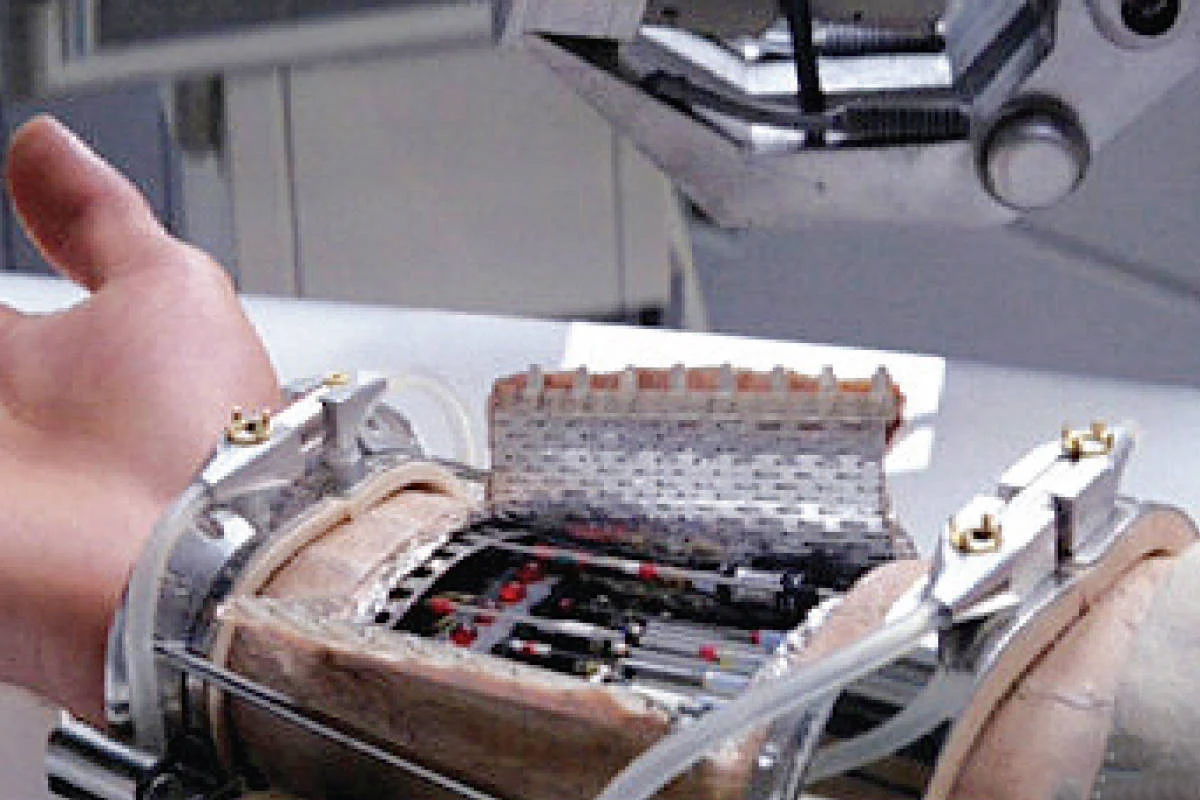
This article first appeared in Digital Edge, The Edge Malaysia Weekly on June 27, 2022 - July 3, 2022
Film and literature are etched into the fibres of society, and these continue to influence our view of the world.
The popularity of the Harry Potter books and films, for example, has 11-year-olds eagerly awaiting their letter of admission to Hogwarts, delivered by owls.
As such, it only makes sense that truly extraordinary innovations that are embedded in our day-to-day life have been inspired by pop culture. For instance, children of the 1980s and 1990s were waiting for hoverboards and self-lacing sneakers that were promised by the Back to the Future films.
These films, and literature, have looked to the future and emboldened innovators to take a leap through time and carve reality out of what was once fiction.
Here are some innovations that made the transition to reality:
1 Mobile phones
“Space: the final frontier” and “To boldly go where no man has gone before” — synonymous with the Star Trek TV series, which made space travel famous with its bold depiction of space, aliens and exaggerated technologies such as teleportation — are forever immortalised in science-fiction lore.
The mobile phone, a device so commonplace almost every person around the world carries one today, has revolutionised what ease and convenience means. Martin Cooper, who invented the first handheld cellular phone, was inspired by the moment Captain
James T Kirk, the dashing commander of the USS Enterprise in Star Trek, used a communicator.
2 Artificial intelligence
Artificial intelligence (AI) has been a mainstay in sci-fi discourse over the decades, with multiple authors pondering the repercussions of AI becoming sentient, such as HAL 9000, a computer with the personality of a human, in the film 2001: A Space Odyssey, helmed by the genius Stanley Kubrick.
Now, AI-powered chatbots are part of daily use for many, with conversational messaging and personalised shopping allowing seamless integration for customers.
3 Prosthetics
Sci-fi films have a long legacy of using bionic limbs, such as in Star Wars. When the now-legendary hero, Luke Skywalker, had his arm cut off by his villainous father Darth Vader in a lightsaber duel, he had it replaced with a bionic limb.
With medical technology accelerating by leaps and bounds, multi-grip prosthetics, which can detect muscle movements and be effortlessly controlled, are a reality.
4 Submarines
Readers of Jules Verne’s novels will be familiar with the stories conjured by his incredible mind in Journey to the Centre of the Earth and Around the World in Eighty Days. The Nautilus, a submarine featured in the novel Twenty Thousand Leagues Under the Sea, with Captain Nemo as its mysterious leader, did not directly inspire the creation of the submarine, with the novel released in 1870, and the first submarine being built in 1620.
However, submarines in 1870 had nowhere near the speed and functionality that Verne conceived of in his writings, which served as inspiration for future iterations of the vessel and continue to capture the imagination of people across the globe.
5 Space stations
2001: A Space Odyssey, inspired by the 1951 short story The Sentinel by Arthur C Clarke, was lauded for its accurate depiction of space flights while showcasing Space Station V, where characters in the film were famously shown experiencing microgravity.
Space Station V, an inspiration for the International Space Station (ISS, a modular space station built in 1998), is fundamental to research in space and can currently accommodate up to six astronauts at a time.
Save by subscribing to us for your print and/or digital copy.
P/S: The Edge is also available on Apple's App Store and Android's Google Play.




